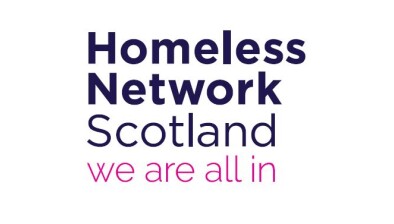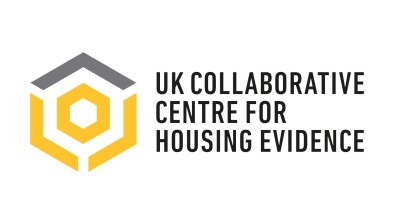Blog: Looking beyond falling numbers

Dr Ben Sanders from Crisis Scotland looks behind the falling homelessness statistics.
Homelessness statistics released by the Scottish Government recently showed that the number of people making homelessness applications continues to fall. In 2014-15, there were 35,764 applications – down four per cent on the previous year – but behind the fall lies another story.
The increasing use of Housing Options and homelessness prevention strategies across Scottish local authorities – exploring individuals’ or households’ housing options and choices in the widest sense – is pointed to as contributing to this fall. Between April 2014 and the end of March 2015, there were 58,825 approaches across Scotland to local authorities by people seeking housing support. Of these, over a third (21325) went on to make a homelessness application but it is tentatively claimed that 55 per cent of all those that approached a local authority because of ‘homelessness’ had it prevented.
This should, of course, all be welcomed but a closer look at the figures reveals that challenges remain.
Repeat homelessness is continuing to rise in Scotland to 7.2 per cent, a 28 per cent proportional rise between 2012-13 and 2014-15, and the complex needs of those making homelessness applications has increased to almost two-fifths (38 per cent) having at least one support need – anything from mental or physical health problems to drug or alcohol dependency issues. This figure rises to 6 out of 10 for those making approaches to Housing Options teams.
We also know from the figures that the majority of those seeking support are young: 60 per cent of homelessness applications came from a household headed by someone under 35. 44 per cent of single homeless people in Scotland were under 21 when they first became homeless so it would be fair to assume that some of those 14,233 under 35 year olds who approached a local authority during 2014-15 had prior experience(s) of being homeless. The younger someone becomes homeless the greater the likelihood they will go on to experience more periods of homelessness. Furthermore, previous Crisis research has explored the particular difficulties local agencies in Scotland have with supporting young people under 35 especially those subject to the Shared Accommodation Rate.
This is why what happens at local authorities and Housing Options offices matters so much when people seek help. Not only is this the best time to try and resolve their housing need and prevent someone’s homelessness becoming more entrenched, it is also the most cost-effective means of doing so. Yet less than half (44 per cent) of those who sought help from a Scottish local authority felt the assistance they received was helpful.
Furthermore, what the new figures also show is that more households instead of receiving help are being found intentionality homeless. This means they are not owed a long-term housing duty. The proportion of cases assessed as intentionally homeless or threatened with homelessness has risen to just over 6 per cent during January-March 2014 more than doubling since January-March 2005.
Since the removal of priority need in Scotland in 2012 all unintentionally homeless or potentially homeless households have a right to settled accommodation. This has led to increased pressure on temporary accommodation in Scotland due to a shortage of permanent social housing (there are 10,488 households currently in temporary accommodation – up 2 per cent from last year).
The rise in the number of households being found intentionally homeless could be seen as indicative of a worrying move towards gatekeeping of local authority housing stock, whereby households are diverted away from accessing social housing or making a homelessness application. The Scottish Housing regulator also found in 2014 evidence in some areas of households being directed towards non-statutory Housing Options support and away from making a homelessness application, even when that was the most appropriate means of support.
We know that homelessness statistics struggle to capture the true picture or scale of homelessness but what is revealed by this current release of figures is that an increasing proportion of people applying as homeless are vulnerable. This makes it all the more important to look beyond the falling numbers to understand the changing nature of those who are homeless and the support they are actually receiving. The Scottish Government must also ensure that vulnerable homeless applicants, when seeking support from local authorities, get the advice and assistance they need.









